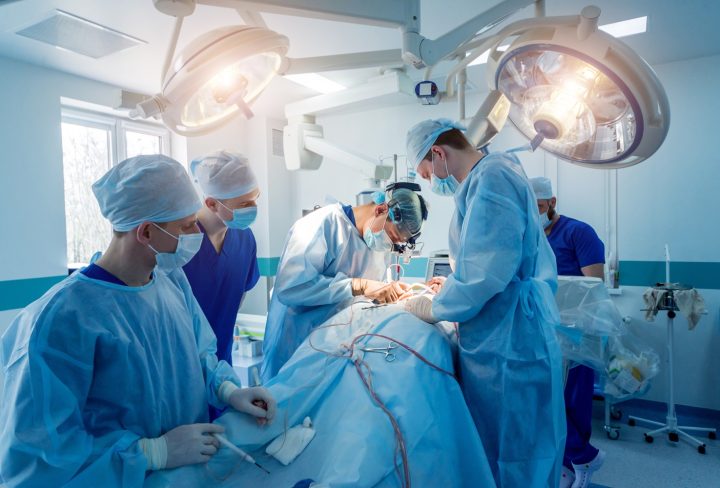Hernias is a common medical condition that develops when an organ pushes through a weak spot in the surrounding muscle or connective tissue. While traditional open surgery has long been the standard for hernia repair, technological advancements have paved the way for a more efficient and less invasive approach known as laparoscopic hernia repair. This article will delve into what laparoscopic hernia repair entails, who can benefit from it, and what the recovery process looks like.
Understanding Laparoscopic Hernia Repair
Laparoscopic hernia repair, also known as minimally invasive hernia surgery, is a surgical technique that utilizes small incisions and specialized instruments to repair hernias. Unlike traditional open surgery, which involves a larger incision directly over the hernia site, laparoscopic surgery involves making a few small incisions near the hernia and inserting a thin, flexible camera (laparoscope) and surgical tools. This approach provides surgeons with a clear view of the hernia and surrounding tissues on a monitor, allowing for precise repair.
Who Needs Laparoscopic Hernia Repair?
Laparoscopic hernia repair is a suitable option for various types of hernias, including inguinal (groin), umbilical (belly button), and incisional hernias. It is often recommended for individuals who:
- Desire Minimally Invasive Surgery: Patients who prefer a quicker recovery, less postoperative pain, and smaller scars are excellent candidates for laparoscopic hernia repair.
- Have Recurrent Hernias: Individuals who have had previous hernia repairs and are experiencing a recurrence can benefit from laparoscopic repair as it provides a fresh perspective on the issue.
- Suffer from Bilateral Hernias: Bilateral hernias occur on both sides of the body. Laparoscopic repair can simultaneously address both hernias with a single procedure.
- Have Certain Medical Conditions: Patients with underlying medical conditions, such as obesity or heart disease, might be better suited for laparoscopic surgery due to its reduced strain on the body.
The Recovery Process
One of the key advantages of laparoscopic hernia repair is its quicker recovery time compared to traditional open surgery. Most patients can resume their daily activities within a week or two, depending on the extent of the hernia and individual healing rates. However, it’s important to note that everyone’s recovery is unique. Patients can typically expect:
- Less Pain: The smaller incisions and reduced tissue manipulation during laparoscopic surgery often result in less postoperative pain.
- Shorter Hospital Stay: Many laparoscopic hernia repair procedures are performed on an outpatient basis, or the same day.
- Gradual Resumption of Activities: While patients are encouraged to engage in light activities shortly after surgery, more strenuous exercises and heavy lifting should be avoided for a few weeks.
- Follow-Up Care: Regular follow-up appointments with the surgeon ensure that the healing process is on track and that there are no complications.
Conclusion
Laparoscopic hernia repair is a groundbreaking technique that offers numerous benefits to patients in need of hernia repair. With its minimally invasive approach, reduced pain, and quicker recovery, it has become a preferred choice for both patients and surgeons. If you or a loved one is facing the prospect of hernia surgery, consider discussing the option of laparoscopic hernia repair with your healthcare provider. This modern approach to hernia repair could be the key to a smoother recovery and improved quality of life.


